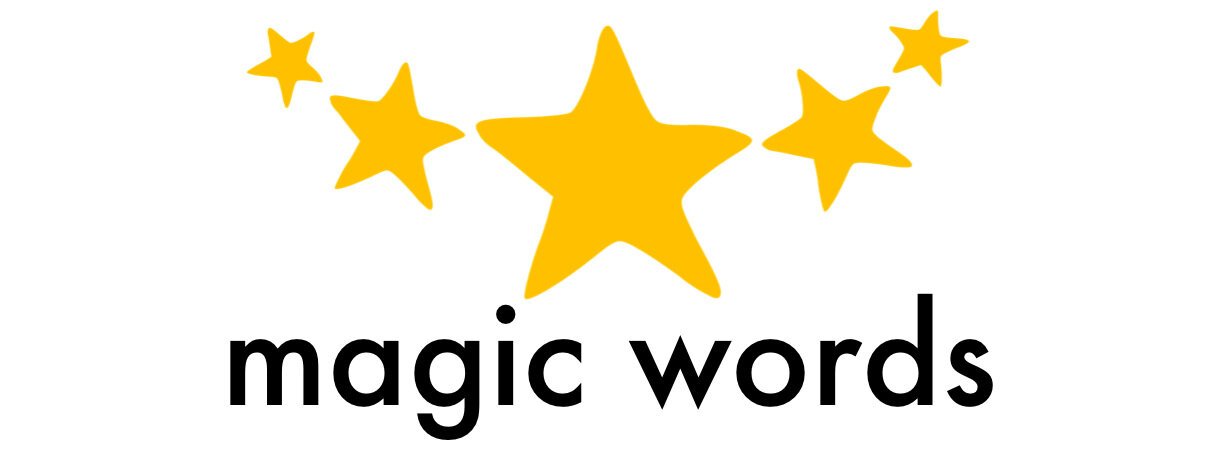By Magic Words Speech and Language Therapist, Gianina Giangrande
Children with Social, Emotional, and Mental Health (SEMH) needs will face more failures in their life than the average child. As a result, their baseline level of motivation may be gravely low and easily undone. It is therefore important that feedback they receive in response to performance is constructive as opposed to negative.
According to McLachlan and Elks (2015), an effective way to deliver feedback is to apply their model of constructive criticism.
Great work!
Open with a positive remark (+)
You used relative pronouns effectively in your story.
Provide a specific positive critique (+)
Remember that a new sentence starts with a capital letter.
Provide a specific negative critique (-)
I liked your use of descriptors. It helped me visualize the story well. Well done!
Close with a positive remark (+)
Feedback can be provided orally but is most helpful if provided in a written format for the child to reference. Review the feedback with the child to make sure he or she understands the comments. If the child is expected to update the work, you can write the critique on a post-it note to be placed on the new submission. This will encourage him or her to apply your advice.
The more positive and concrete interactions students with Social, Emotional, and Mental Health needs have with you, the greater the trust that will develop. Trust is a core component of a positive interaction and, while it can take time, it is well worth the uphill climb.
Elks, L., & McLachlan, H. (2008). Secondary language builders: Speech and language support for 11–16s. St. Mabyn, United Kingdom: Elklan.






